A Fresh Start After Cancer
- Royal and cancer survivor Kate Middleton, 43, appears to have ditched her signature rich brown hair color for a much lighter style, debuting a golden blonde hue during a church outing on Sunday in Aberdeenshire, Scotland with her family. Whether brunette or blonde, fans are more delighted that Middleton appears healthy, since, of course, with a global fan base, whatever color she chooses is always a style moment.
- The Princess of Wales, who first disclosed her cancer diagnosis in March 2024, shared news of her remission status last September. She did not specify what type she had, nor her treatment plan, though she did say she went through chemotherapy.
- Losing hair or thinning hair while undergoing chemotherapy is a common side effect, but not all drugs cause it. While hair loss can be very difficult to deal with, many women eventually consider it an empowering part of their cancer fight. Thinking of hair loss as a temporary setback rather than a permanent problem can help some women, and men, make peace with it.
The Princess of Wales — who took a pause from the public eye while going through cancer — was snapped while driving to church with Prince William, also 43, at Crathie Kirk by Balmoral Castle with their kids: Prince George, 12, Princess Charlotte, 10, and Prince Louis, 7.
Read More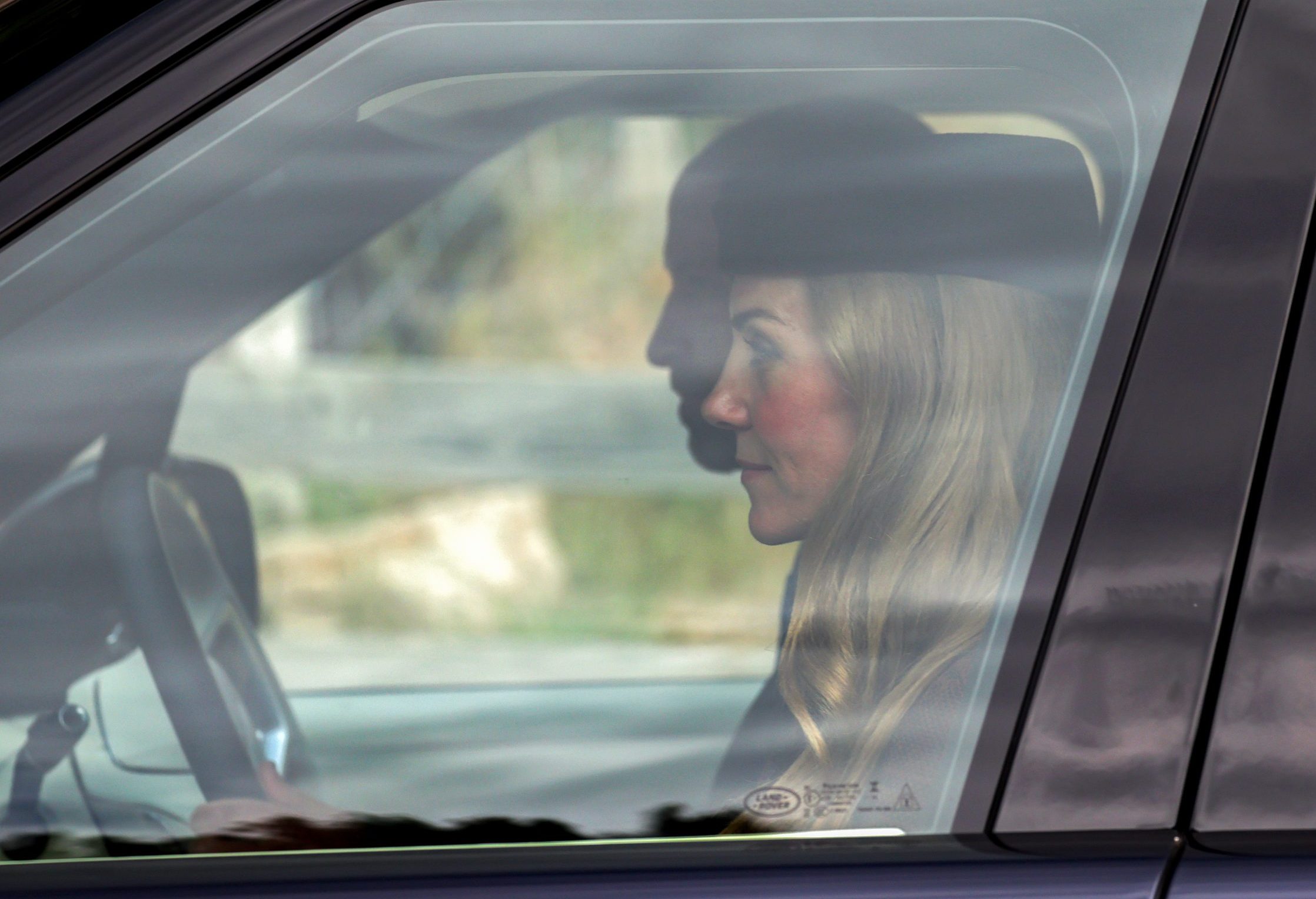
And sometimes people change their hairstyle or get a new cut when moving on from a difficult period, since a particular “look” can remind them of the trauma they experienced. She was just spotted sporting her usual chestnut brown style in July.
Whether brunette or blonde (a look she also tried in 2019), Royals fans are delighted that Middleton appears healthy, since, of course, with a global fan base, whatever color she chooses is simply always a style moment.
Kate Middleton’s Cancer Recovery
Middleton first shared news of her remission in September 2024 with a moving post on social media displaying a video with her family out in nature.
“As the summer comes to an end, I cannot tell you what a relief it is to have finally completed my chemotherapy treatment,” Middleton began her video, her voice sounding serene yet strong. “The last nine months have been incredibly tough for us as a family. Life as you know it can change in an instant and we have had to find a way to navigate the stormy waters and road unknown.”
“Despite all that has gone before I enter this new phase of recovery with a renewed sense of hope and appreciation of life.”
“The cancer journey is complex, scary and unpredictable for everyone, especially those closest to you,” she continued. Middleton had previously shared that post-operative testing after “major abdominal surgery” revealed that cancer “had been present” in her body.
“With humility, it also brings you face to face with your own vulnerabilities in a way you have never considered before, and with that, a new perspective on everything.”
View this post on Instagram
Middleton went on to say that this period of time “has above all reminded William and me to reflect and be grateful for the simple yet important things in life, which so many of us often take for granted. Of simply loving and being loved.”
Announcing her newfound mission, she said that “doing what I can to stay cancer free is now my focus. Although I have finished chemotherapy, my path to healing and full recovery is long and I must continue to take each day as it comes. I am however looking forward to being back at work and undertaking a few more public engagements in the coming months when I can.”
“Despite all that has gone before I enter this new phase of recovery with a renewed sense of hope and appreciation of life,” she added. “William and I are so grateful for the support we have received and have drawn great strength from all those who are helping us at this time. Everyone’s kindness, empathy and compassion has been truly humbling.”
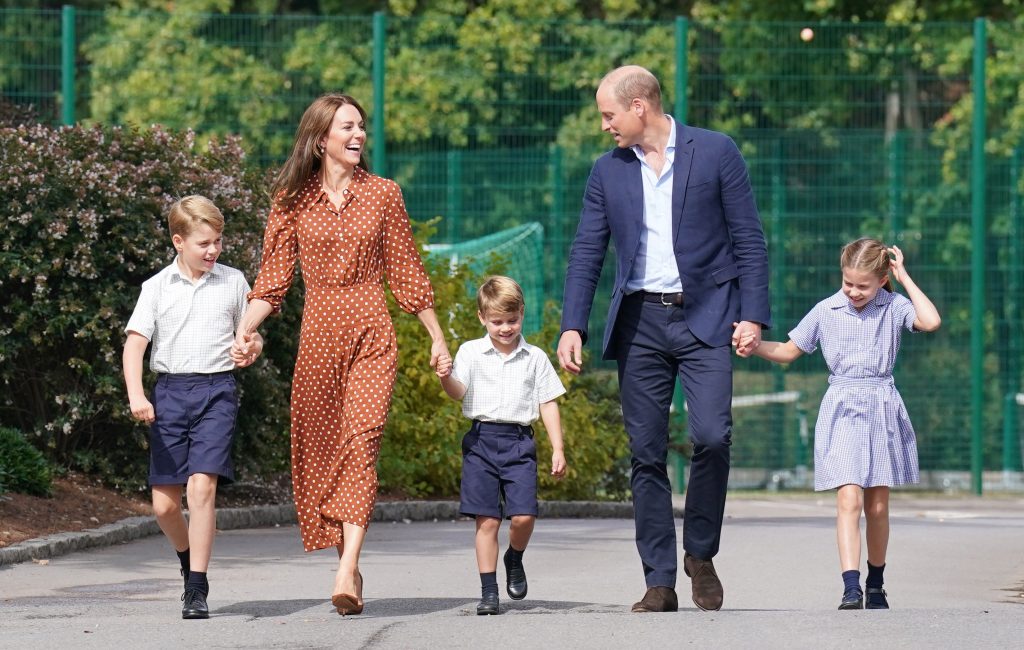
Finally, she concluded with a hopeful and empathetic message for all people affected by the disease. “To all those who are continuing their own cancer journey – I remain with you, side by side, hand in hand. Out of darkness, can come light so let that light shine bright.”
An Emotional Treatment Side Effect: Will I Lose My Hair?
Losing hair or thinning hair while undergoing chemotherapy is a common side effect. And while hair loss is not a medically significant or dangerous side effect of chemotherapy, for many women it can be a blow to their self-esteem.
“It can have implications about how they feel about themselves,” says Dr. Renata Urban, a gynecologic oncologist at the University of Washington in Seattle.
Hair loss during treatment occurs due to the drugs targeting quickly dividing cells throughout the body. Both cancer cells and hair cells fall into this category. Women may also lose their eyebrows and eyelashes, too. All of this hair loss can have a big effect on your self-esteem.
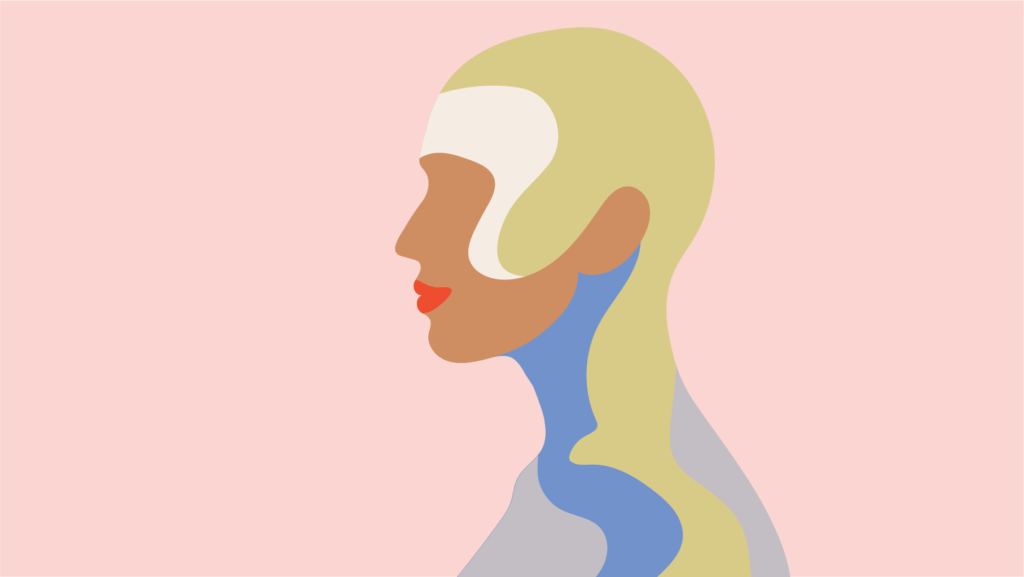
For most cancer patients, the hair will start growing back shortly after treatment, while some cancer patients choose to embrace their new look.
While hair loss can be very difficult to deal with, many women eventually consider it an empowering part of their cancer fight. Thinking of hair loss as a temporary setback rather than a permanent problem can help some women, and men, make peace with it.
SurvivorNet has tips and resources for anyone facing this side effect and struggling to manage it.
“For cancer patients, losing one’s hair can be unbelievably stressful. To start with, the dread of losing one’s hair can lead to some sleepless nights and feelings of anxiety,” Dr. Samantha Boardman, a New York-based psychiatrist and author, told SurvivorNet.
Chemotherapy can cause hair loss. It usually begins about three to four weeks after chemotherapy and continues throughout treatment.
Radiation is another treatment that can lead to hair loss if the hair is in the path of the tumor being treated. For example, radiation for a brain tumor may cause hair loss on the head.
“If you do lose hair, it will regrow several weeks or months after treatment,” radiation oncologist at GensisCare Dr. James Taylor previously told SurvivorNet.
“Fortunately, for most patients, hair loss is not a concern when having radiation therapy.”
WATCH: Hair loss during chemotherapy
Most patients can expect regrowth four to six weeks after treatment. However, it is possible when your hair grows back, you may notice some changes in its color and texture.
Dr. Boardman suggests connecting with others experiencing cancer treatment like yours and asking them for first-hand advice.
“Talk to people who have been through it, get their advice, voice your concerns to your caregiver, and see what they can do,” Dr. Boardman added.
If losing your hair is a concern for you before cancer treatment, know you have options like wigs, hats, wraps, and more.
Understanding Scalp-Cooling Devices
Some people choose to wear a cold cap during infusion to help protect their hair follicles. Scalp-cooling devices have been approved by the FDA recently, first for breast cancer and then several other cancers.
That means wearing cold caps or special cooling caps before, during, and after each chemotherapy treatment.
The caps, which are tightly fitting and strap-on helmet-style, are filled with a gel coolant that’s chilled to between -15 to -40 degrees Fahrenheit.
WATCH: What is a scalp-cooling device?
Essentially, the caps “cause vasoconstriction, or a narrowing of the blood vessels bringing blood to the scalp,” Dr. Renata Urban, gynecologic oncologist at the University of Washington, explains.
By constricting the blood flow to the scalp, the caps limit the circulating chemotherapy that reaches the hair follicles, protecting them from some of the chemo’s damaging effects. The cold also decreases the activity of the hair follicles, which slows down cell division and makes the follicles less affected by the chemotherapy medicine.
Dr. Julie Nangia, a medical oncologist at Baylor College of Medicine and a lead author on one of the major studies of the device, says 50% of women were able to keep their hair after four rounds of chemotherapy, and added: “Without the devices, 100% of patients lost their hair.”
RELATED: How to Find Your Confidence and be Bold
There have been some safety questions when it comes to scalp-cooling, but Dr. Nangia says that when given to people with solid tumors (like breast, ovarian, colon, and lung cancer), the devices are safe.
Choose a Wig or Other Head Covering
Some women choose to cut their hair very short or even shave their head before their hair starts falling out, and then buy a wig or other type of head covering.
If you’re thinking about buying a wig, consider buying it before your treatment starts, or soon after. Cancer.org suggests asking if the wig can be adjusted as you might need a smaller size as you lose hair. To match your hair color, they recommend cutting a swatch from the top front of your head, where your hair is lightest or try a completely new hairstyle or color.
Dr. Manojkumar Bupathi says coping with hair loss really comes down to personal preference
Wigs and other scalp coverings may be partially or fully covered by your health insurance. If so, make sure the prescription says “cranial prosthesis.” (Don’t use the word wig.) Someone on your cancer care team can likely recommend wig shops in your area.
Hair Loss Is Temporary
Losing your hair can feel overwhelming in the moment. Experts tell SurvivorNet that being aware of the timing can help you better cope. Hair loss typically begins about three to four weeks after you begin chemotherapy for ovarian cancer and will continue throughout treatment. Most women can expect regrowth around four to six weeks after they complete treatment, though you may see some changes to color and texture.
But it’s important to remember that your hair will grow back after chemotherapy ends.
Coping with chemo-related hair loss
Dying Your Hair After Cancer Treatment
While millions across diverse backgrounds embrace hair dye, occasional concerns arise about its potential link to cancer. However, following a thorough review of numerous studies, the National Cancer Institute (NCI) conclusively asserts that hair dyes do not pose a cancer risk.
While the general public may not face significant risks, it is a different story for hairdressers and barbers. These professionals are exposed to certain chemicals that the International Agency for Research on Cancer (IARC) has classified as “probably carcinogenic” to humans. This underscores the potential health hazards they face in their line of work.
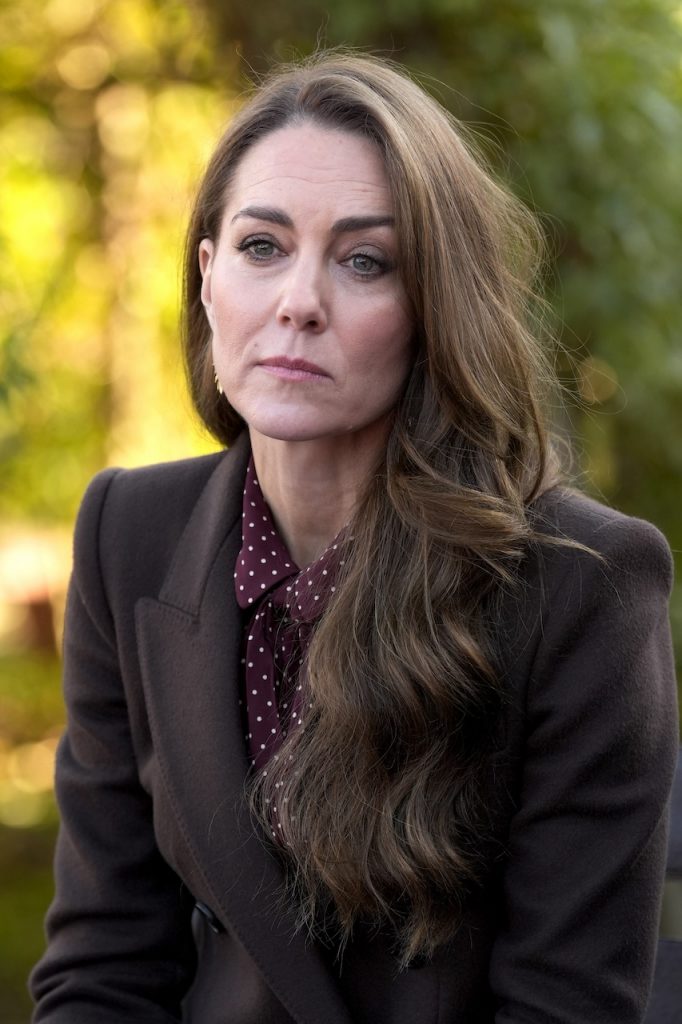
“Right now, it is controversial, and I don’t believe that there is a significant, definitive risk associated with the use of hair dyes,” Dr. Arjun Balar, former director of NYU’s Genitourinary Medical Oncology Program, previously told SurvivorNet.
Dr. Balar recommends people be conscious of the things that we know for certain are associated with cancer risk … like smoking and excessive alcohol.
Hair Straighteners and Relaxers Pose Cancer Risks
In 2022, the National Institutes of Health (NIH) said, “Women who used chemical hair straightening products were at higher risk for uterine cancer compared to women who did not.”
The study impacted Black women in particular because they were more likely to use hair straighteners and to use them at earlier ages to meet Eurocentric beauty standards, which emphasize light skin and straight hair, the Columbia Mailman School of Public Health explains.
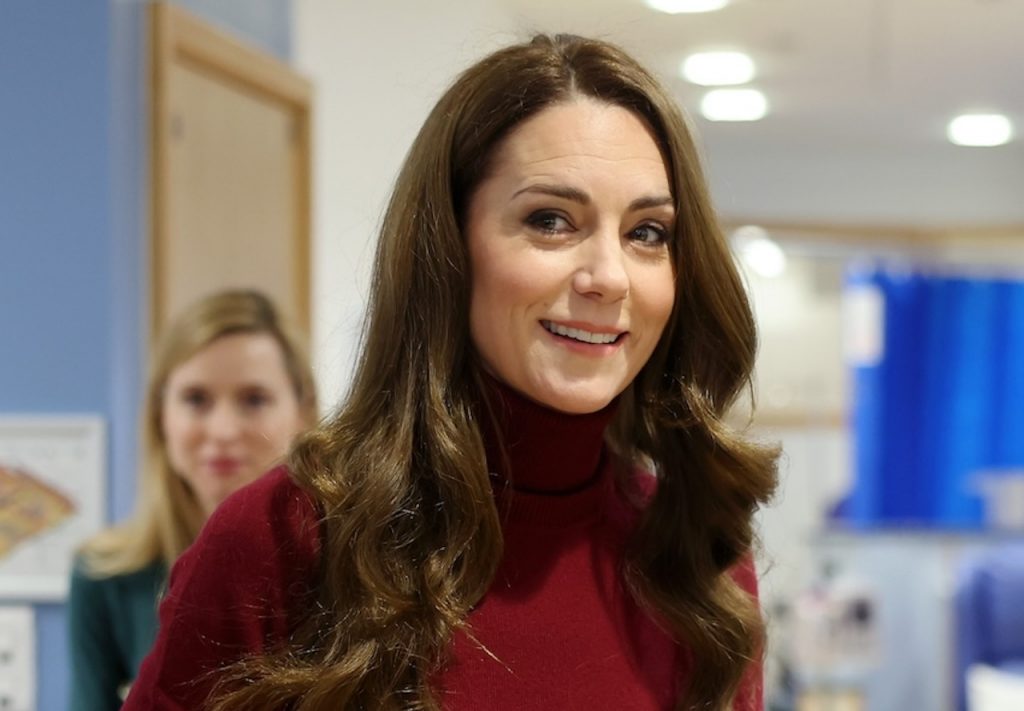
Formaldehyde is considered “carcinogenic to humans” and can contribute to leukemia and nasopharyngeal cancer, the American Cancer Society says.
A 2020 study published in the International Journal of Cancer suggested that permanent hair dye, hair straighteners, and relaxers “may increase breast and ovarian cancer risk.”
Questions to Ask Your Doctor
If you have been diagnosed with cancer or are switching treatment during your cancer journey, here are some questions you may consider asking your doctor about potential hair loss and preservation:
- Are there any treatments to help manage or minimize my hair loss?
- What are scalp-cooling devices, and how do they work?
- Do you recommend scalp-cooling devices?
- What other options are available to help me cope with hair loss?
- Can you recommend a wig maker?
- I’m struggling mentally with my hair loss; can you recommend a therapist to talk to?
- How can I find a local support group with people going through similar things?
Contributing: SurvivorNet Staff
Learn more about SurvivorNet's rigorous medical review process.

